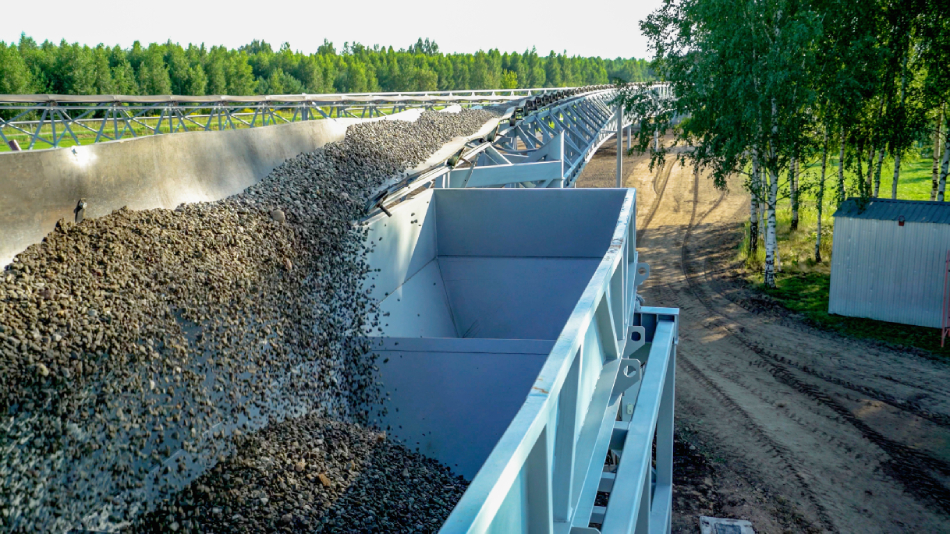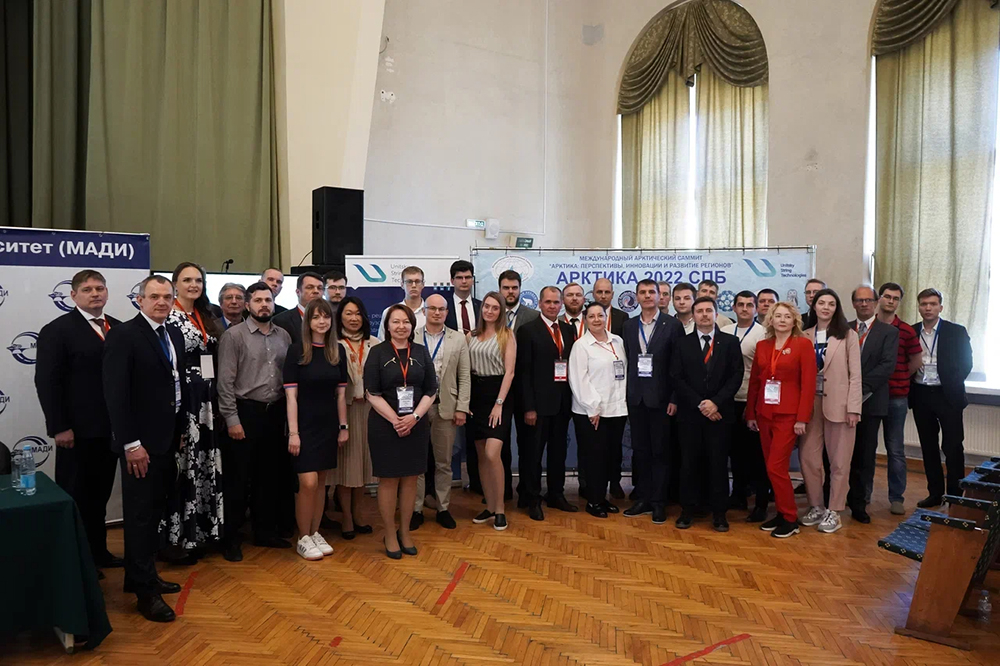How Can uST Solutions Improve the Efficiency of Mining Industry?

uTrans is a non-stop cargo conveyor-type vehicle solution that allows to speed up the bulk cargo delivery and reduce its cost. uST Transport can be used in the organization of loading and unloading terminals or introduced into the structures with seaports. uTrans will find its application in mining and oil, coal, steel, and construction industries.
Acting as a more efficient way of delivering natural resources compared to self-propelled vehicles, uTrans can be combined with the uTruck line. This expands the possibilities when organizing cargo transportation on the territory of industrial facilities. An automated solution will allow the enterprises with a cyclic-flow mining technology to optimize their work and increase the efficiency.
- uST Solution can be operated 24/7 all year round.
- Maximum transportation speed is 36 km/h.
- Loading into an endless belt body is carried out from the terminal, and unloading is by tilting of the belt in a vertical plane.
Learn more in our video.
For more information check the subtitles are turned on.
Learn more about uST Solutions for cargo transportation.
More news

uLite
12 April 2024
uLite: at what stage are the works on the complex?
Now the uPod tests are continuing.

News
11 July 2022
The Directorate of the International Arctic Summit Thanks the Leadership of UST Inc. for Participating in the Forum
In June, в Москве и Санкт-Петербурге прошёл the 6th International Arctic Summit "The Arctic: Prospects, Innovations and Regional Development" was held in Moscow and St. Petersburg. Unitsky String Technologies Inc. took part in this large-scale forum, where it presented an integrated approach to the development of the territories in the Far North.

Opinion
12 August 2025
How Unmanned Aboveground Vehicles Can Change Society: The Opinion of UST Inc.'s CEO in Forbes
The article offers a comprehensive overview of the implementation of unmanned transportation systems worldwide.

